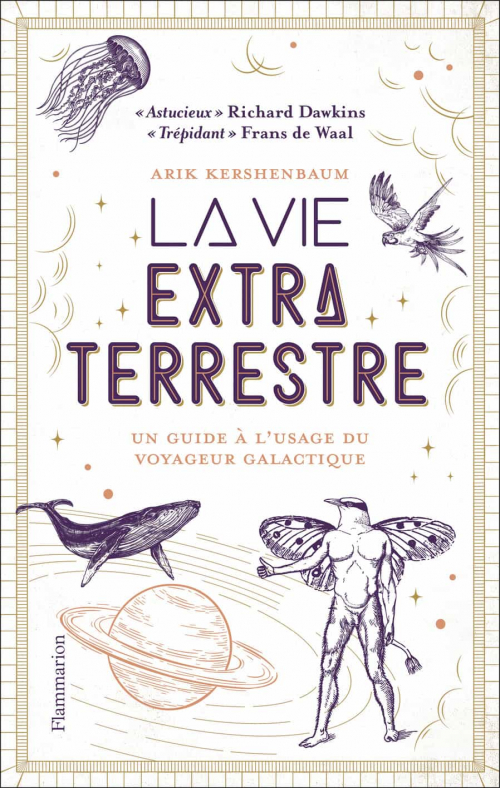Synopsis
From a noted Cambridge zoologist, a wildly fun and scientifically sound exploration of what alien life must be like, using universal laws that govern life on Earth and in space.
Scientists are confident that life exists elsewhere in the universe. Yet rather than taking a realistic approach to what aliens might be like, we imagine that life on other planets is the stuff of science fiction. The time has come to abandon our fantasies of space invaders and movie monsters and place our expectations on solid scientific footing.
But short of alien's landing in New York City, how do we know what they are like? Using his own expert understanding of life on Earth and Darwin's theory of evolution--which applies throughout the universe--Cambridge zoologist Dr. Arik Kershenbaum explains what alien life must be like: how these creatures will move, socialize, and communicate. For example, by observing fish whose electrical pulses indicate social status, we can see that other planets might allow for communication by electricity. As there was evolutionary pressure to wriggle along a sea floor, Earthling animals tend to have left/right symmetry; on planets where creatures evolved mid-air or in soupy tar they might be lacking any symmetry at all.
Might there be an alien planet with supersonic animals? A moon where creatures have a language composed of smells? Will aliens scream with fear, act honestly, or have technology? The Zoologist's Guide to the Galaxy answers these questions using the latest science to tell the story of how life really works, on Earth and in space.
Scientists are confident that life exists elsewhere in the universe. Yet rather than taking a realistic approach to what aliens might be like, we imagine that life on other planets is the stuff of science fiction. The time has come to abandon our fantasies of space invaders and movie monsters and place our expectations on solid scientific footing.
But short of alien's landing in New York City, how do we know what they are like? Using his own expert understanding of life on Earth and Darwin's theory of evolution--which applies throughout the universe--Cambridge zoologist Dr. Arik Kershenbaum explains what alien life must be like: how these creatures will move, socialize, and communicate. For example, by observing fish whose electrical pulses indicate social status, we can see that other planets might allow for communication by electricity. As there was evolutionary pressure to wriggle along a sea floor, Earthling animals tend to have left/right symmetry; on planets where creatures evolved mid-air or in soupy tar they might be lacking any symmetry at all.
Might there be an alien planet with supersonic animals? A moon where creatures have a language composed of smells? Will aliens scream with fear, act honestly, or have technology? The Zoologist's Guide to the Galaxy answers these questions using the latest science to tell the story of how life really works, on Earth and in space.
Moyenne
-
0 vote
-
2 éditions pour ce livre
2021 Editions Flammarion
Traduit par Sophie Lem
396 pages
ISBN : 9782081516526
2021 Editions Penguin Books
368 pages
16 mars 2021
ISBN : 9781984881960
Qui a lu ce livre ?
2 membres ont lu ce livre
Aucun membre ne lit ce livre
1 membre veut lire ce livre
1 membre possède ce livre
chronique de blog
Aucune chronique de blog pour le moment.
En vous inscrivant à Livraddict, vous pourrez partager vos chroniques de blog !




Pour poster un message, il faut être inscrit sur Livraddict
Aucun commentaire pour le moment.